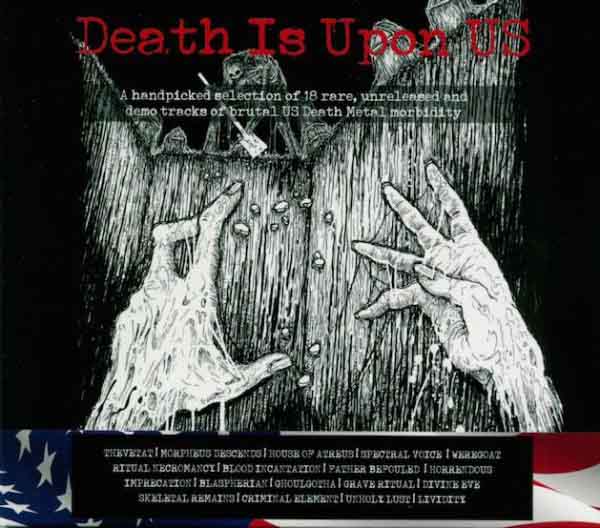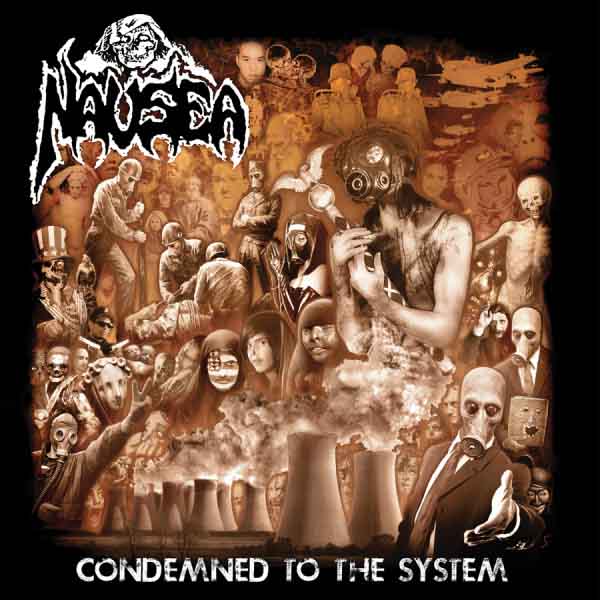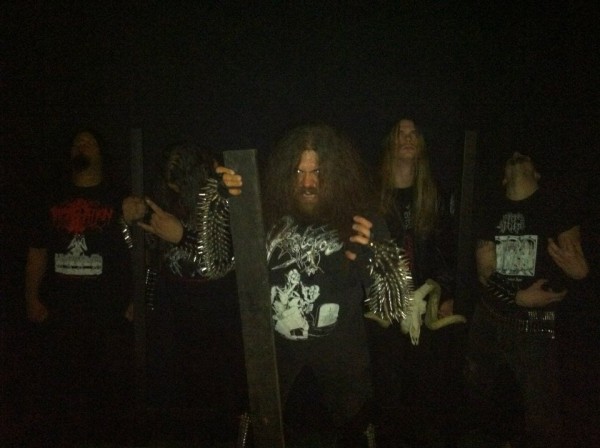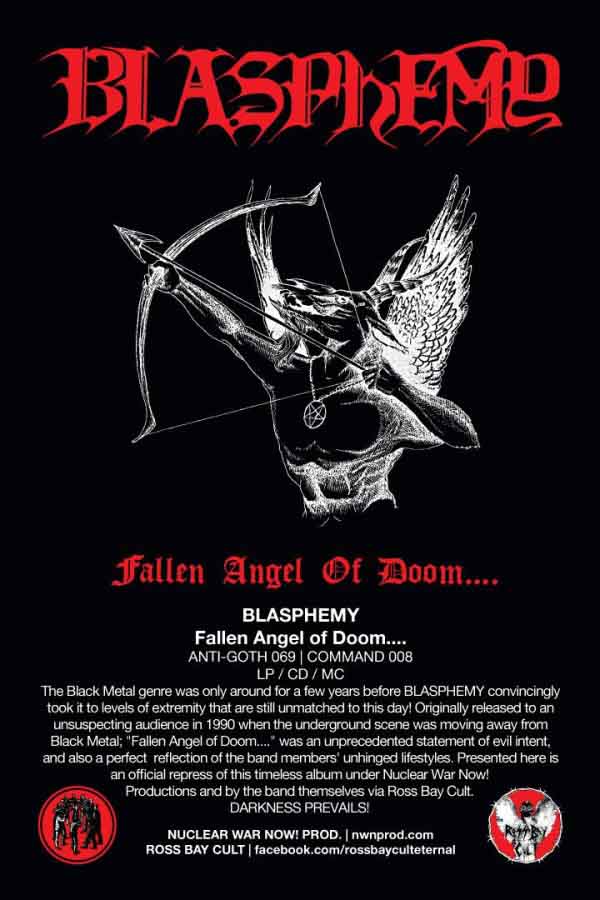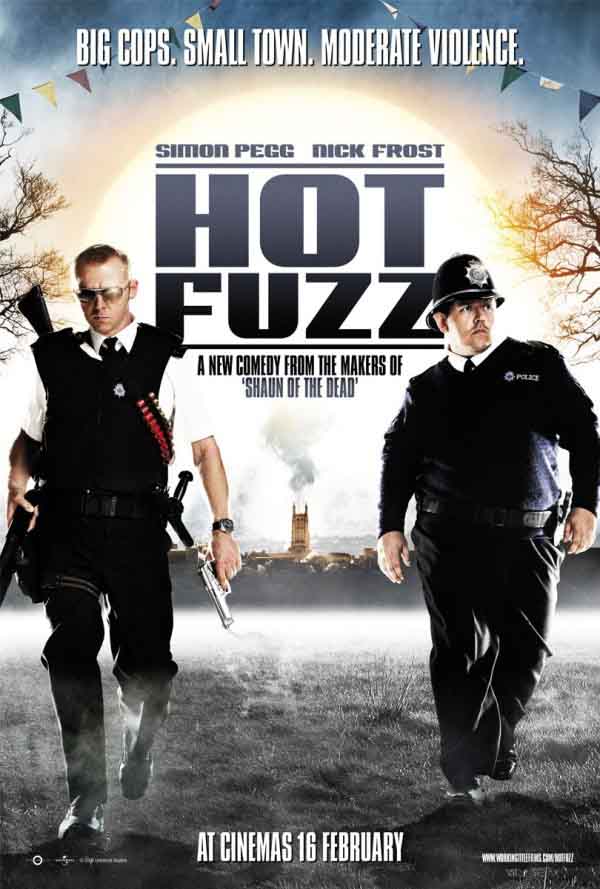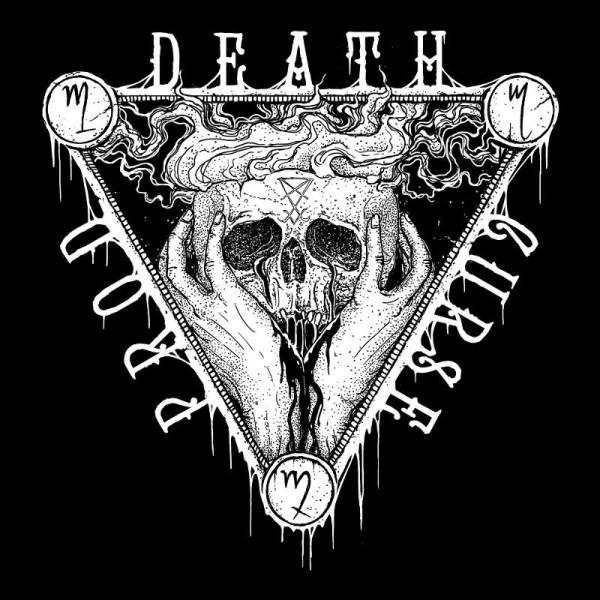
Death Curse Productions represents the new wave of smaller underground labels who are targeting niches within the mainstreamed post-underground instead of trying to drop out from the methods used by normals to exchange music. Despite offering some unconventional formats, Death Curse Productions keeps its offerings accessible to the world at large, as if daring them to look underneath the mantle of normalcy and discover the twisted, weird and alienated…
When did Death Curse Productions (DCP) get started, who started it, and what was your intent?
Death Curse Productions was founded in the year 2013 A.B. by two individuals who felt the urge to uphold the traditions of Black Metal.
The main intent behind the label’s activities was, is and always will be to create strictly limited pieces of music we approve to be worth the attention. DCP’s work concentrates on the production of quality releases in every way, be it musical, spiritual, visual or concerning design in general.
Mainly it’s quality above quantity, as nowadays the so called Black Metal ‘scene’ is all about putting out shitty releases of shitty sideprojects on a daily basis.
What type of music do you cover, and what do you do? Will this expand in the future?
We don’t determine an exact style as long as the music or the band matches our philosophy. In this case the essence of our philosophy is the glorification of death itself.
We canalize the music onto analogue media to preserve them against extinction. For now the focus is on tapes but that shall not set a restriction for what we do in the future.
In other words expansion is something we highly strive for.
Do you think underground metal is still relevant in the days of post-metal, indie-metal, jazz-metal and modern metal?
Today, in a time where those genres reached their peak of popularity, they managed to take the original values from the metal music itself and turn them into something completely depraved. The music was originally intended to be violent, raw, sinister and dangerous, instead people went forth and created something clean, peaceful and enjoyable, only in order to attract a tasteless mass of lambs and accumulate money.
Concerning the underground, especially Black Metal is declared to be dead by a lot of people, yet there’s a black flame still being kept burning by a small amount of certain individuals, who preserve the underground from being swallowed by trends and who put all their passion and devotion into creating music following the old path.
What are your favorite bands in the underground metal genres?
This is not a question we want to answer, as opinion-making is for the weak-minded, whose taste is defined by trends.
Of course there are undeniable classics everyone should be aware of, as well as some so-called newcomers who stand out in a way, they contrast from the common stuff.
If people are interested in what DCP does, where do they go for more information and/or how do they contact you?
Whoever is seriously interested in DCP, should contact us by mail.
For any updates visit the blogspot page or facebook.
Death Curse Productions 2014 releases:
DCP001 – KILL (Swe) “Inverted Funeral” tape
Yet to be released in 2015:
DCP002 – BALMOG (Esp) “Testimony Of The Abominable” tape
DCP003 – BALMOG (Esp) “Svmma Fide” tape
DCP004 – ILLUM ADORA (Ger) “Demo MMXV” tape
DCP005 – ACRIMONIOUS (Gre) “Purulence” tape
3 CommentsTags: Black Metal, death curse productions, death metal

